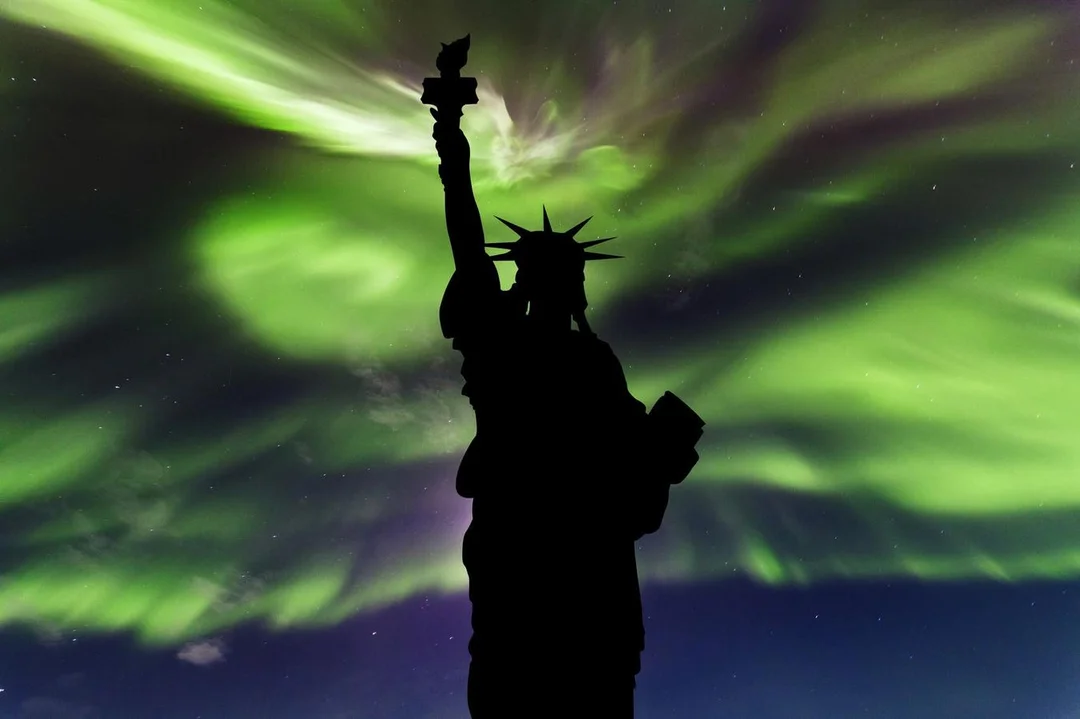
Northern Lights Surge: Experts Explain the Science Behind the Spectacular Displays
Have you noticed more northern lights dancing across the night sky lately? You're not alone! Experts are pointing to the current solar maximum as the reason behind this stunning increase in aurora borealis activity. This celestial event is not only visually captivating but also offers scientists a unique opportunity to study our planet and its neighbors.

Ian Mann, a space physicist at the University of Alberta, explains that the sun operates on an 11-year cycle, oscillating between periods of low (solar minimum) and high (solar maximum) magnetic activity. During solar maximum, the zones where auroras typically appear, known as "auroral ovals," expand closer to the equator, making them visible to a larger population. "There's more energy available, so they're more powerful, but they also move so they're at locations where they're more visible," Mann notes. "It's a bit of a double whammy if you're an aurora chaser."
Abigail Azari, an assistant professor researching planetary space environments, highlights the broader scientific implications. "Whatever is affecting Earth, dependent on its alignment, might affect other planets as well. So there are opportunities at this moment to do multi-planet studies and understand how unique—or not unique—Earth is compared with Mars, Venus, Mercury and other bodies in the rest of our solar system," she says.
The vibrant colors of the aurora borealis are a result of collisions between charged particles and gases in Earth's upper atmosphere. According to Richard Sydora, a professor in the Faculty of Science, green is the most common color, produced by collisions with oxygen atoms. Higher-energy collisions with oxygen can create a red hue, while nitrogen is responsible for blue and purple shades.
Recent geomagnetic storms, some stronger than predicted, have pushed the aurora viewline further south, even reaching as far as Italy on May 28th. This phenomenon has made regions in the U.S. and Canada prime locations for witnessing these spectacular displays. However, with the approaching solstice and shorter nights, the window of opportunity is shrinking for those in the far north. Previously, a G5 geomagnetic storm on May 10-11, 2024, displayed aurora as far south as Florida!
How to Catch the Northern Lights: If you're eager to see the aurora, experts recommend venturing outside of cities beyond light pollution. The University of Alberta's AuroraWatch email alert service can help you track geomagnetic activity in the Edmonton area. Keep an eye on the skies around midnight for the best viewing opportunities.
As Mann emphasizes, patience is key. The northern lights can be unpredictable, but the reward of witnessing a sudden burst of dancing lights across the sky is well worth the wait.
Have you seen the northern lights recently? Share your experiences and photos in the comments below!